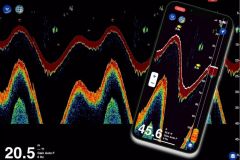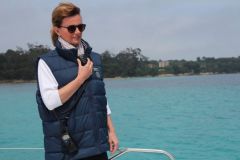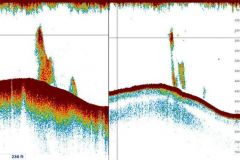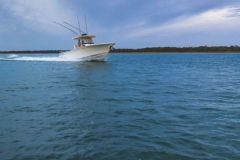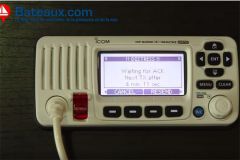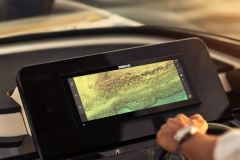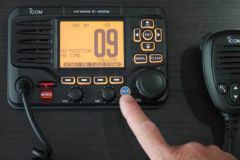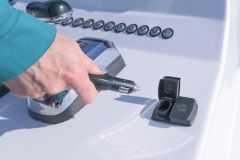With the RS40-B, Simrad throws a paving stone into the pond. The VHF DSC VHF has an integrated AIS receiver and transmitter. This means that it "sees" AIS signals, but can also "be seen" by other AIS. This is a real plus, because until now, it was necessary to have a dedicated AIS transponder to have this functionality. With Simrad, everything is integrated in the same device.
A VHF DSC, what's that?
A VHF DSC (Digital Selecting Calling) uses a dedicated channel to send digital signals. This makes it possible to address a single user (by calling him/her via MMSI) or to send emergency signals by pressing the Ditress key. This type of VHF is the standard today and increases ship safety by facilitating rescue operations.
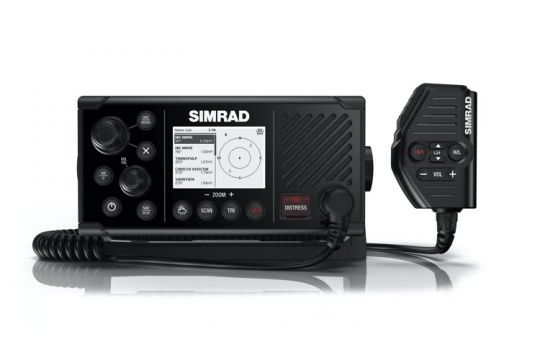
AIS, for who, for what?
The AIS (Automatic Identification System) allows all vessels using it to indicate their position and course. It is a system to ensure the safety of maritime traffic. Its presence is mandatory on large commercial vessels, but very often finds its place on pleasure craft. By monitoring an area of several miles around his boat the AIS is a beautiful safety instrument. By informing other vessels of its position and its own course, it is the assurance of being seen by others.
What's a transponder for?
Boaters often equip themselves only with an AIS receiver. Easily integrated into VHF, it receives AIS signals from other vessels. But it does not transmit yours. You remain invisible to other vessels. To transmit a signal, you need a transponder (transmitter/receiver). In this case, your signal is sent and the others see you on their screens. This transponder functionality was until now reserved for dedicated devices, which require a GPS connection and an additional antenna (or a splitter to share the antenna with the VHF).
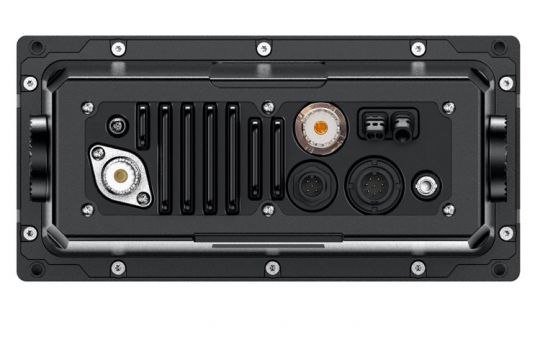
A VHF that incorporates an AIS transponder
With the new Simrad RS40-B, the class B transponder is associated in the VHF. This uses the same antenna and the integrated GPS of the VHF. AIS targets appear on the display and alarms can be programmed. Additionally via a NMEA connection (0183 or 2000) this AIS information can be transmitted to a plotter or computer.
Also belonging to the Navico group, this VHF is also available with the same characteristics under the brand name B&G under the reference V60-B .
Adaptable on this VHF, the HS40 remote handset will be very useful for installation in the cockpit or on the fly of a launch.






